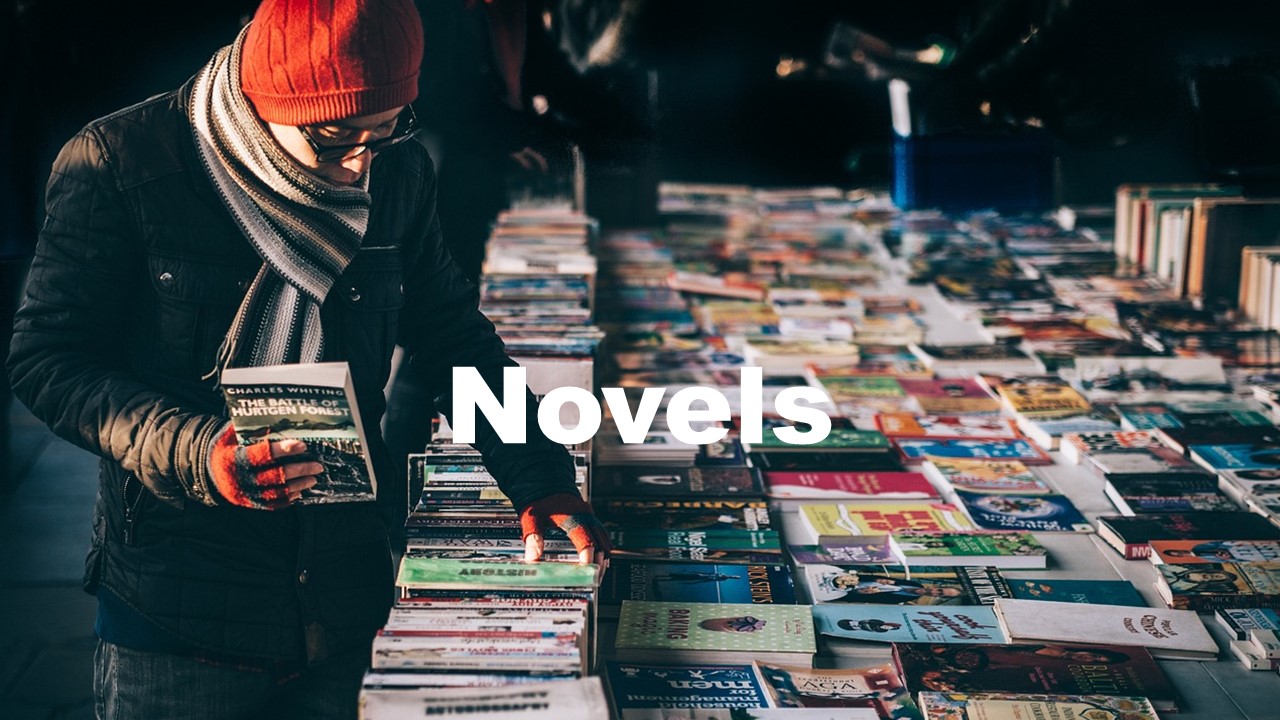
Tina my Writing Cat
Those confounded animals.
By David Joel Miller, writer, blogger, and mental health professional.
How come animals keep wandering into all my novels?
I’m working on my newest novel, and it suddenly occurred to me that another animal had wandered into my work in progress. This shouldn’t surprise me, considering the prominent role that animals have played in my life. Still, it occurred to me that inserting various species into my novels has not been a conscious choice.
Most of my life, animals have been in my house.
Some of you know my life story, at least the abbreviated version. I was born and lived the early part of my life in the Midwest, Michigan and Indiana, to be precise. I know we had a dog in the family, but that was more my parent’s animal than mine, and somehow, that creature stayed behind when we made the pilgrimage to California.
I arrived in California just in time to spend my teenage years, the 1960s, in a rural agricultural area amid apricot and prune orchards, which has since transformed into an area for growing semiconductors known as Silicon Valley.
From the very beginning, our home always had some type of pet. When my wife and I first married, we inherited the family dogs from both our families, and for the next 50 years, more or less, we always had an animal in the house.
Without a pet, the house was empty.
That cycle was finally broken between 2017 and 2018 when the last two non-human members of my household passed away. January of 2018 marked my retirement at the young age of 70. That was also the year that saw my first two books published. While the house seemed empty, I was busy adjusting to being retired and some of the many challenges that came with speeding past the milestone marking 70 years on earth. I wasn’t expecting animals to creep back into my abode.
My unconscious seems to have had a different opinion.
Somehow, without my conscious intention, an animal made its way into my very first novel. That novel, Casino Robbery, certainly drew on some of my own life experiences. I don’t think I ever thought about whether or not to include a pet in the story, but it seemed to naturally spring from the novel’s plot.
Early in the storyline, the protagonist, Arthur Mitchell, a mild-mannered accountant working at a Las Vegas casino, witnesses a robbery in which his fiancée is killed. Arthur proceeds to adopt her dog, a black Labrador named Plutus. Somehow, Plutus not only snuck into a couple of scenes in that novel but also became a regular cast member for Casino Robbery and the two succeeding Arthur Mitchell Mysteries.
Then, in Letters from the Dead, a cat shows up.
That Plutus would make friends with a cat seemed only natural. So somehow Plutus got Aspen, the cat, an audition, and on the story goes.
Hotel Hauntings includes both a dog and a cat.
Hotel Hauntings is the working title for one of the books in the Paranormal News series. Like most of my other books, the title may change when it comes time to publish. This series of books features Nancy Nusbaum, who first appeared in a time travel adventure titled Sasquatch Attacks.
In this book, Nancy encounters both a dog and a cat. I won’t give you their names now because that might change in the final editing stage. And I don’t want to spoil the book for you, but I can tell you one thing. In this book, Nancy investigates reports of ghosts at the Oaktree Hotel. One of the things she needs to discover is if dogs and cats can see ghosts, which also raises the question of whether animals who pass can also haunt a property.
Those aren’t the only animals in my books.
If you read my other books carefully, you’ll find that animals, mostly pets, get cast in various roles just like humans. So, if you go on an animal hunt in my books and have a particular favorite, please leave a comment. Just be careful not to spoil the story for someone else.
In honor of those various animal cast members, I periodically make one of the David Joe Miller books free for a day or two. So, if you’d like to catch that offer, please subscribe to this blog and make sure to read the periodic posts.
The COVID pandemic has affected Pets also.
Over the last four years, I have put off bringing home another non-human family member because of all the changes in my life. Too many changes were happening in my life to feel that I could be responsible for a dog or a cat. Recently, my subconscious has been arguing with that logic. Several nights, I had a dream about adopting, and not surprisingly, several people asked me when I would be getting another creature.
Recently I decided that the time was right to adopt another family member. With the help of a friend, I made a trip to a local animal center. Apparently, I was not the only one struggling with that decision. The local animal center had quite a selection.
We interviewed several felines and were finally selected by one who appeared anxious to adopt us. The picture above is of Tina, my new writing partner.
Staying connected with David Joel Miller.
Seven David Joel Miller Books are available now! And more are on the way.
For these and my upcoming books, please visit my Author Page – David Joel Miller
Want the latest blog posts as they are published? Subscribe to this blog.
For more information about David Joel Miller’s work in mental health, please visit the counselorssoapbox.com website.
For my videos on mental health, substance abuse, and having a happy life, please see Counselorssoapbox YouTube Video Channel








